Business Architecture: The Ins and Outs with Whynde Kuehn
Bridging the Gap
NOVEMBER 16, 2022
Whether you’re learning about business architecture for the first time or dreaming of ways to grow your BA career into a business architecture role, my conversation with Whynde Kuehn will help you discover the value of this role in an organization and what you can do to bridge that gap in your career.

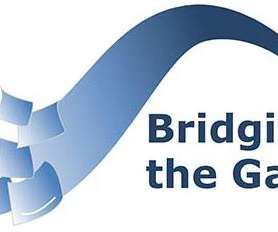

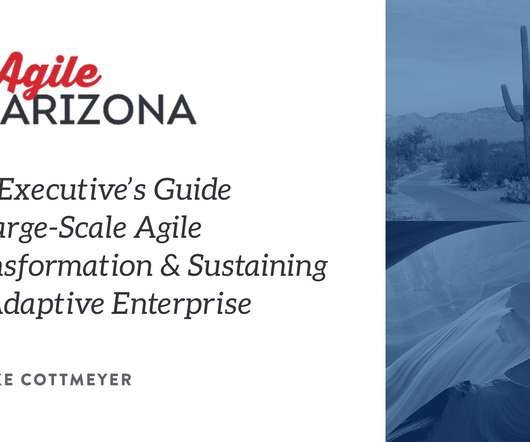
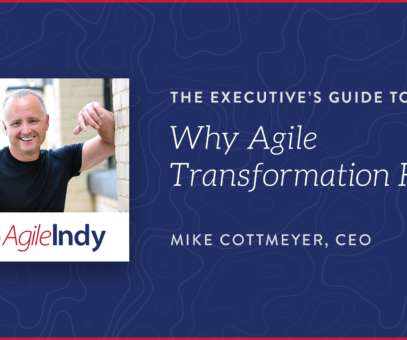
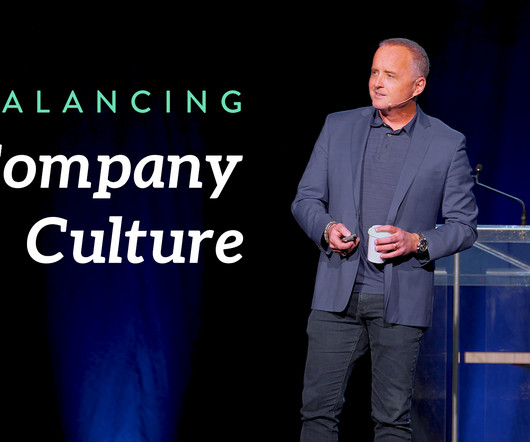
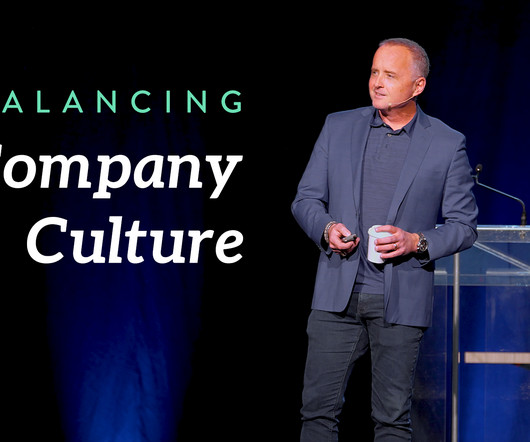






Let's personalize your content